

| CANVAS OF PLANS & DRAWINGS |
INTERIOR & DÉCOR, but with a twist |
| HOTELS & RESTAURANTS, beyond mainstream |
Notes on ART |
| Into big AFFAIRS | INSIDERS |
| GLIMPSES | |
Keywords:
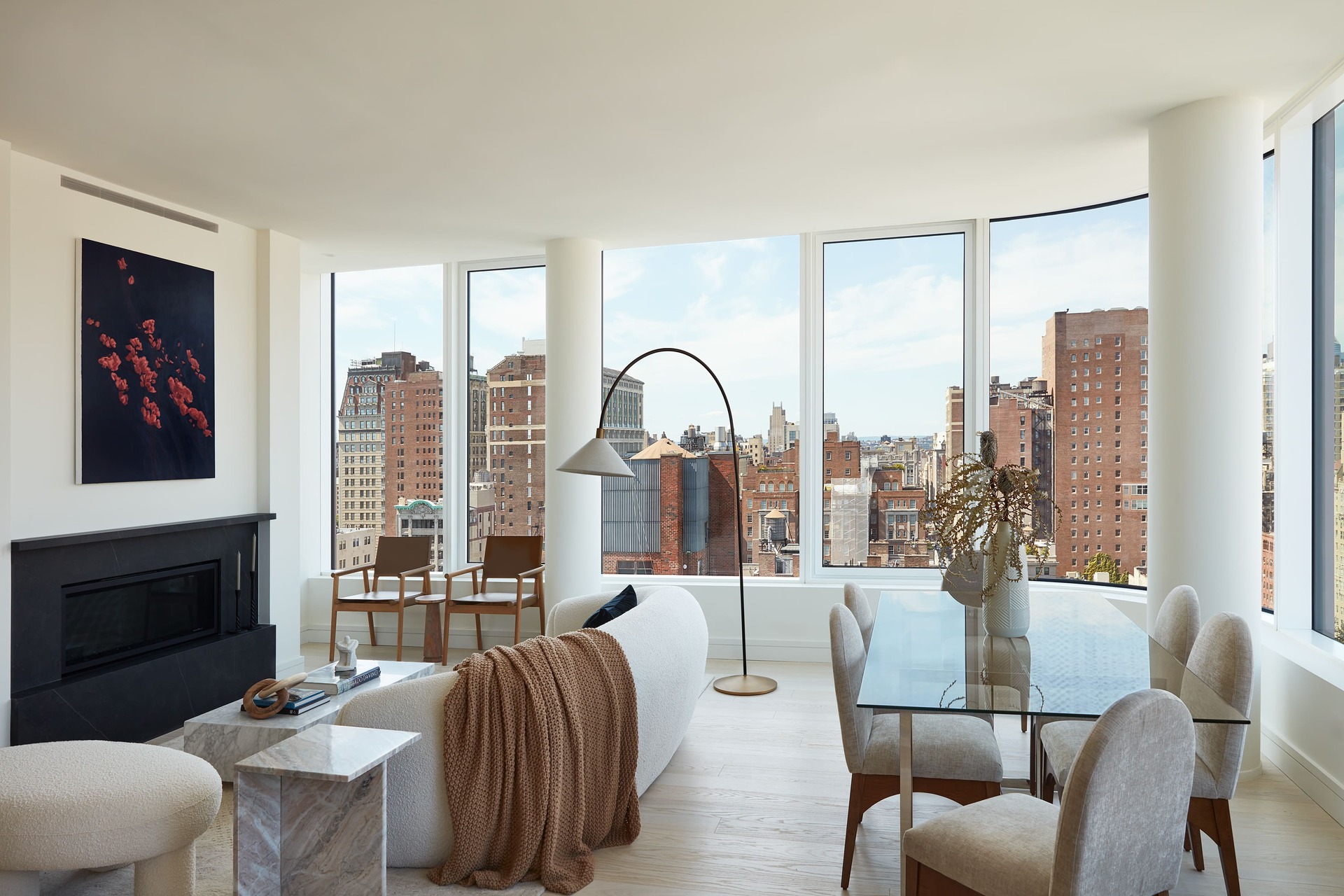
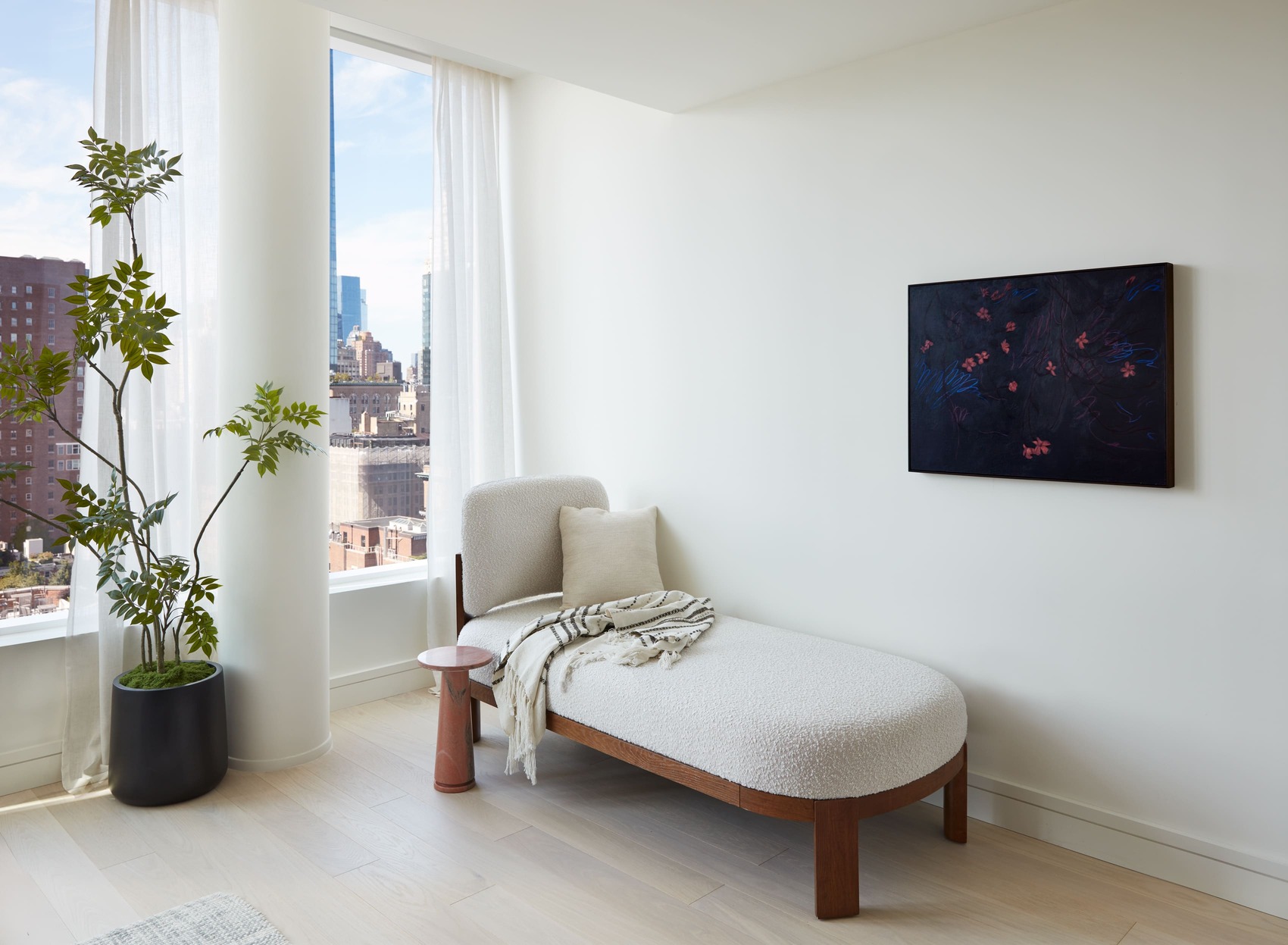
Jenny Mushkin Goldman, Managing Director, Arts & Culture
The inspiration for the exhibition came from the question of how we can bring Gramercy Park into the home. We wanted to capture the connection between nature and everyday life in bustling New York. The works themselves therefore ask you to slow down, ponder on flora and fauna, and remove you through sight and feel from the city's concrete and steel surroundings. To answer your question, yes, the home environment can include an engaging exhibition that provokes emotion and thought
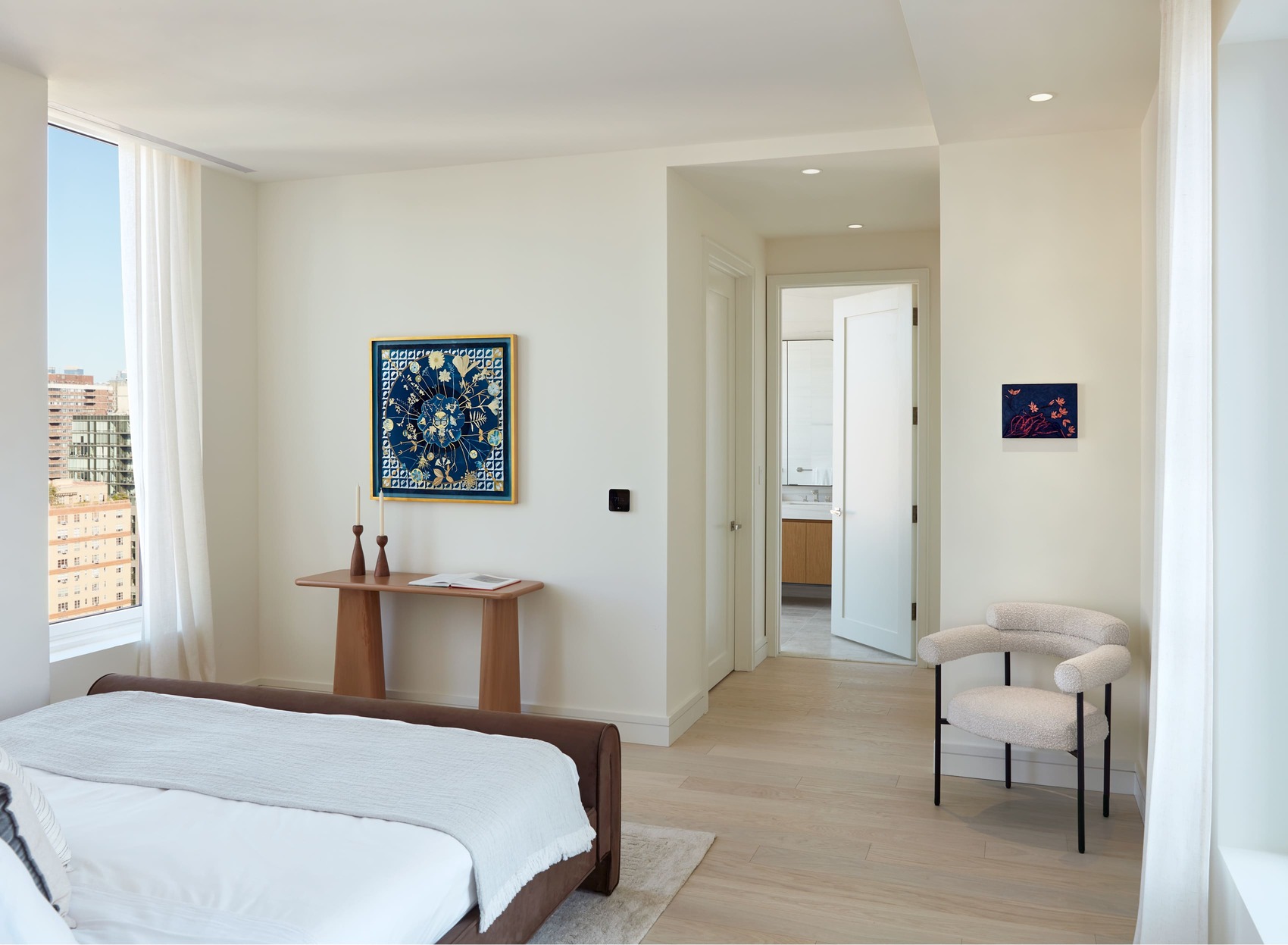

Ximena Rodriguez, Principal & Director of Interior Design at CetraRuddy
Jenny Mushkin Goldman, Managing Director, Arts & Culture
The theme speaks to our collective need for home to be a refuge from the harshness of daily modern life in general but certainly more than ever. Bringing in aspects into the home that are evocative of gardens, thinking in particular about Gramercy Park, this theme responds to the current need for living greenery to be an antidote to contemporary stressors.
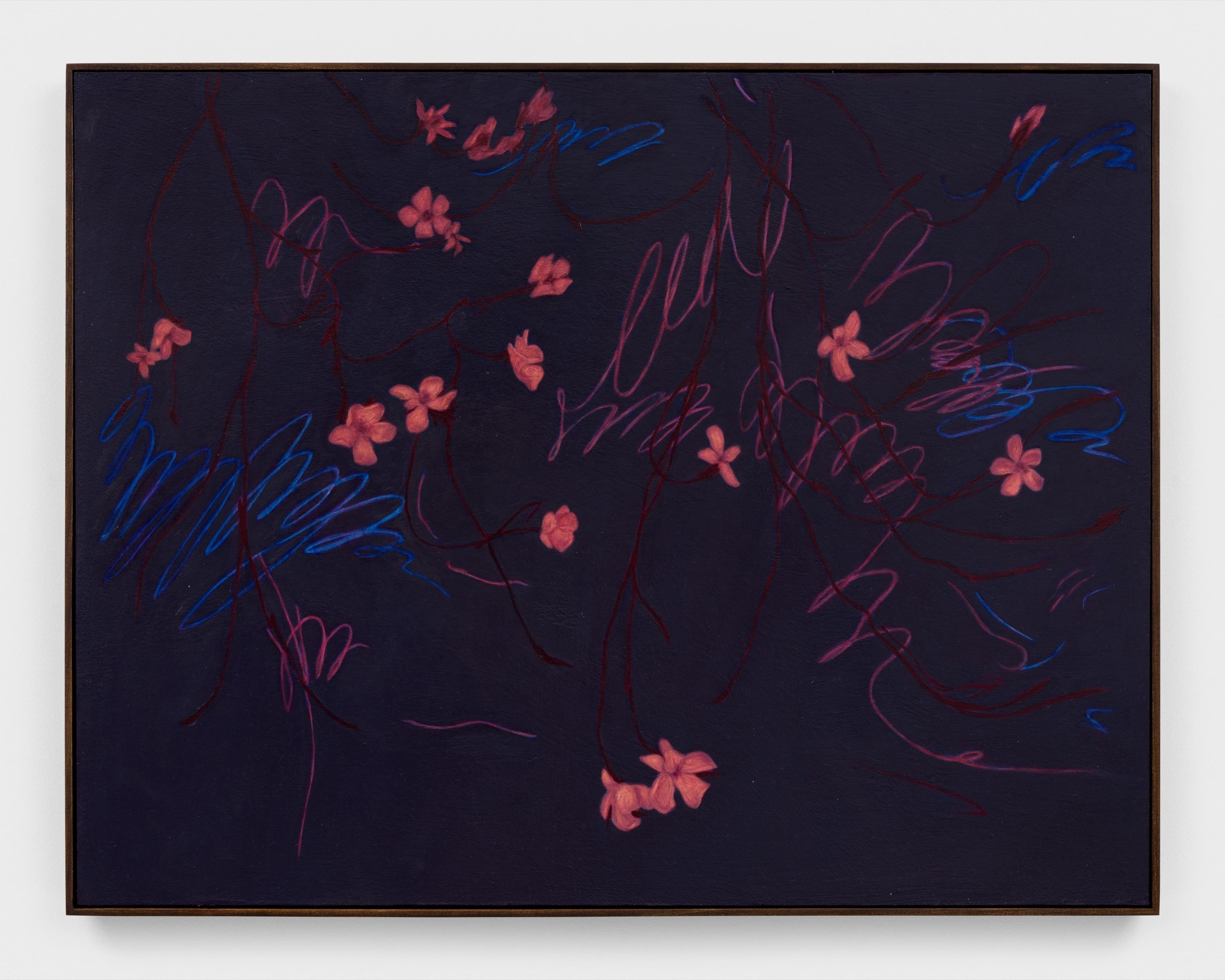
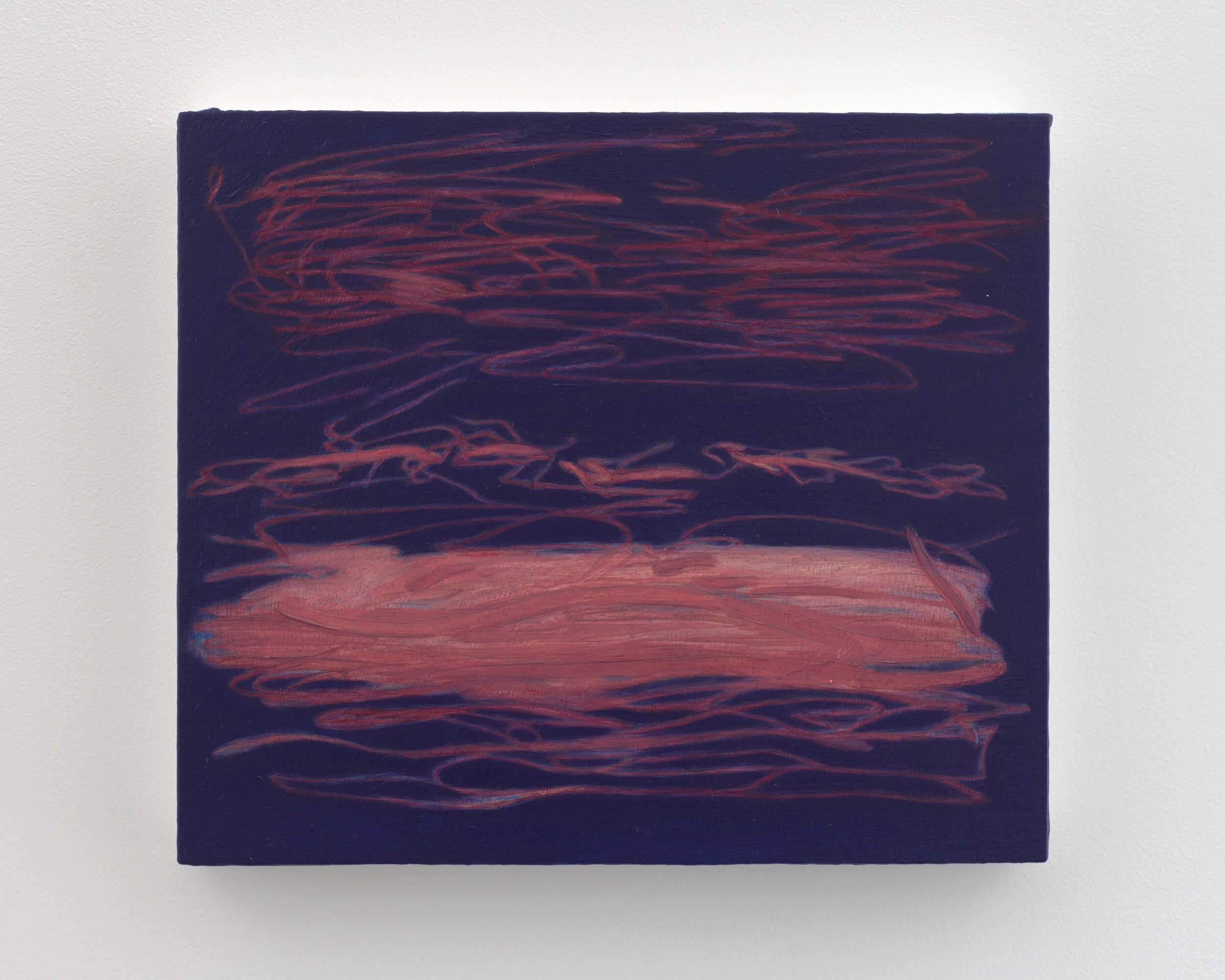
Ximena Rodriguez, Principal & Director of Interior Design at CetraRuddy
At CetraRuddy, we’ve always believed in the importance of bridging nature and the urban context. So much of New York City's magic lies in moments where the two meet, and the physical and emotional impact of that experience can be profound. The pandemic brought the value of nature and biophilia to the forefront, but I think people have recognized it intuitively for a long time, and 200 East 20th Street reflects the holistic way we define wellbeing through connections to the natural world.
This focus is apparent in the design of the building itself, with a facade whose organic curves and dark bronze tones recall the distinctive stone and masonry used in historic buildings around Gramercy Park. It’s also evident in the layout and materiality of the interiors, which is why Garden’s Edge feels so at home in the Sky Garden Penthouse — where every room opens up to exceptional light and views, and where natural materials like white oak and stone create a warm and inviting oasis in the city.
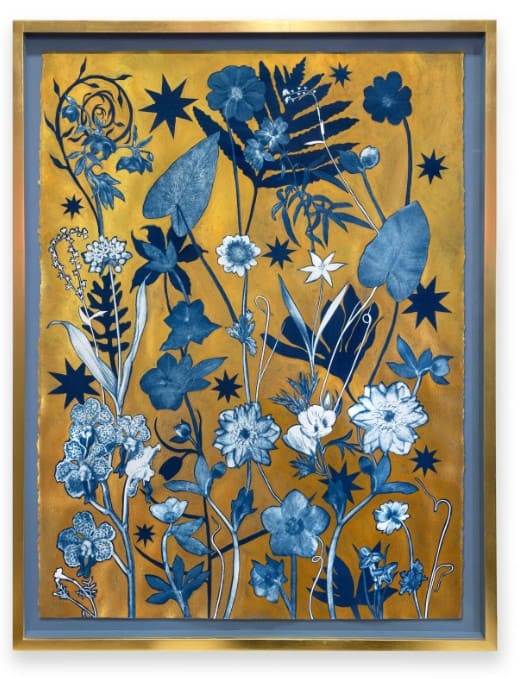
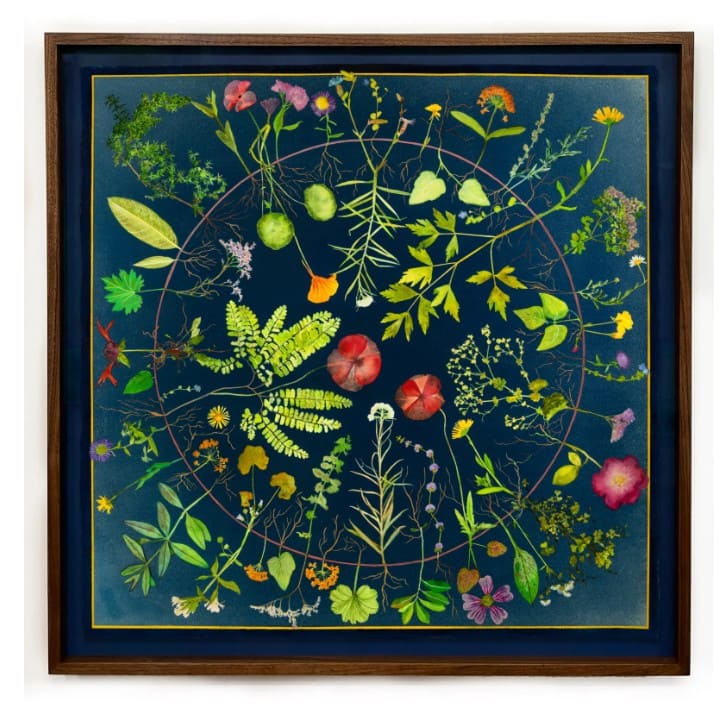
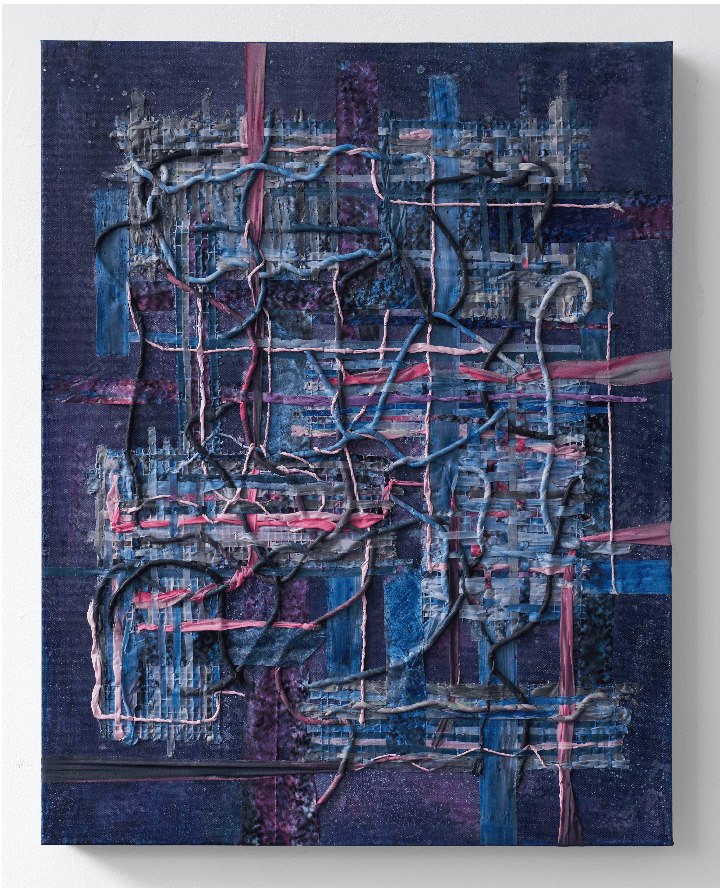
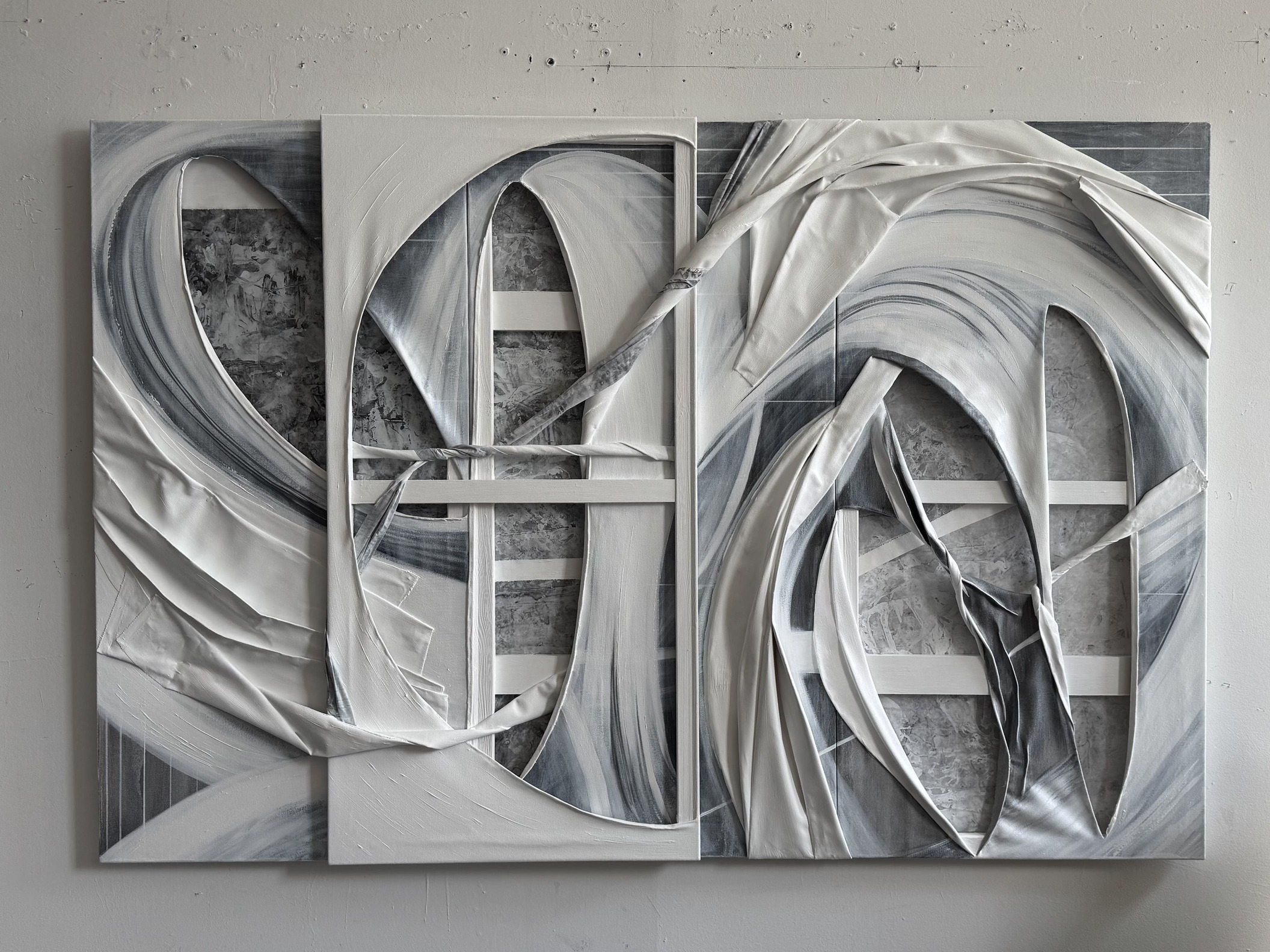
Absolutely! Thoughtful exhibitions like Garden’s Edge lend depth and culture to model apartments, elevating the focus of the spaces from a unit available for purchase to a lifestyle waiting to be embraced by prospective buyers.
For artists, model apartments are an exciting new platform to present their work and gain visibility. Collectors are able to see the art in the context of a home and see how it connects to architecture and design in a way a sparse gallery space cannot.